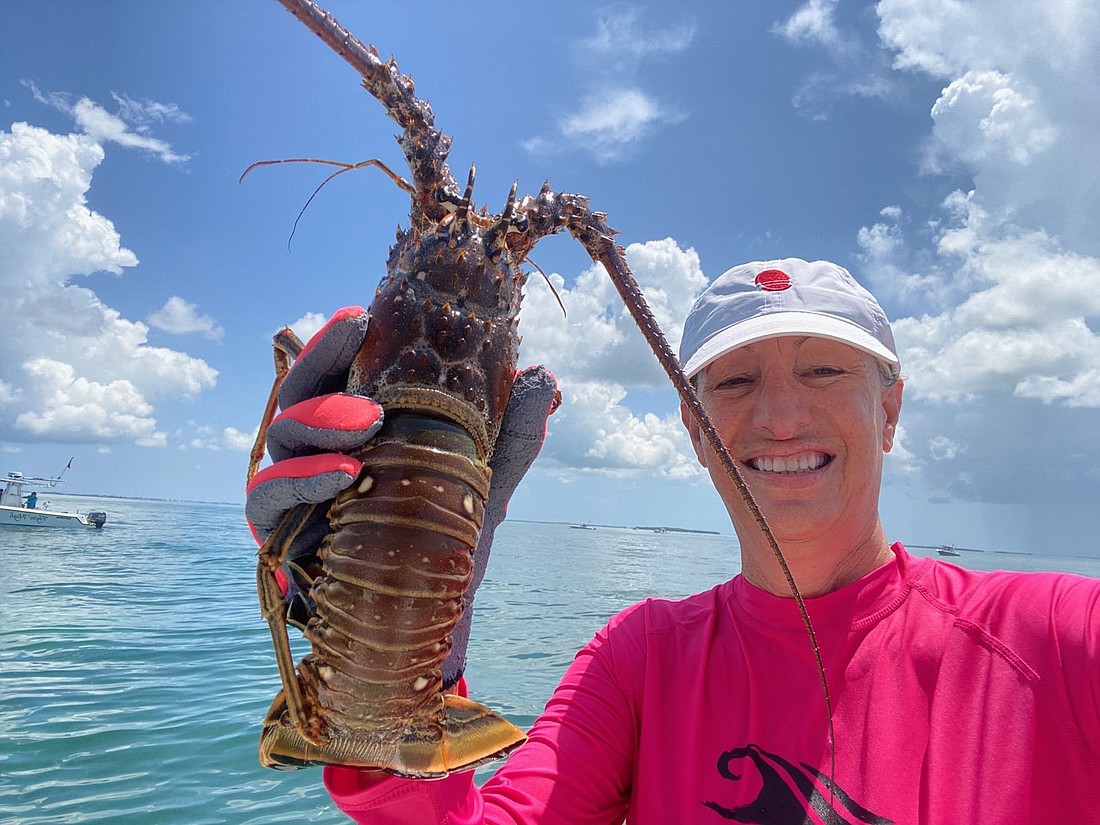- December 15, 2025
-
-
Loading

Loading

Executive: Gerri Moll. Southwest Florida market executive for Bank of America Private Bank, as well as bank president for the Southwest Florida region. Throughout her 36-year career at Bank of America, Moll, a Naples resident, has held several senior leadership roles and provided leadership for the transition team through two mergers.
Diversion: Lobstering in the Florida Keys.